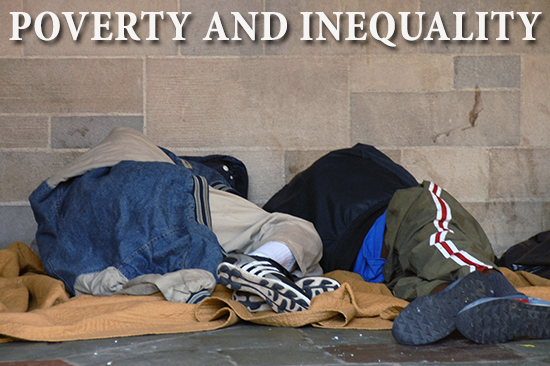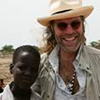Poverty and Inequality
 We all instinctively grasp that poverty is inextricably tied to poor health. We need
to only look at the developing world to clearly see the impact of poverty on health—the
world's least healthy people often live in the world's poorest countries. But the
link between health and wealth is seen in the United States, as well. An American
today who lives in the poorest income group is about three times more likely to die
before the age of sixty-five than someone who lives in the wealthiest bracket.
We all instinctively grasp that poverty is inextricably tied to poor health. We need
to only look at the developing world to clearly see the impact of poverty on health—the
world's least healthy people often live in the world's poorest countries. But the
link between health and wealth is seen in the United States, as well. An American
today who lives in the poorest income group is about three times more likely to die
before the age of sixty-five than someone who lives in the wealthiest bracket.
Poorer Americans are more likely to suffer from asthma, diabetes, high blood pressure, obesity, and even heart attack and cancer than a wealthier American. In the four decades since the war on poverty began, there has been relatively little change in the buying power of many of the poorest Americans. The gap between the richest Americans and the poorest Americans has grown considerably, during this time—the richest twenty percent of Americans added over 40 times the amount of money to their income than did the poorest twenty percent.
Children are often most affected by poverty, and children born into poverty often remain there. Breaking the cycle of poverty and creating real opportunities will allow these children to become contributing members of our national family—greatly reducing their burden on society. If we aren't addressing poverty, we can't improve health. If we aren't thinking about poverty, we aren't really considering the staggering level of injustice and inequality in the world.
The authors would like to thank Ms. Katie Neel, MPH, for conducting initial fact-checking
for this article. The authors would also like to thank Alli Proffitt, Kate Etue, Brad
Lifford, and Dara Young for remarkably thoughtful and insightful editing and other
invaluable contributions.
This article reflects the personal views of the authors and does not necessarily represent
the views of their employers, co-workers, or others.
| Title | Info |
|---|---|
| Blog Posts |
Natural and Man-Made Disasters The U.S. Criminal Justice System Creativity and Freedom of the Press |
 Stout Drive Road Closure
Stout Drive Road Closure 

